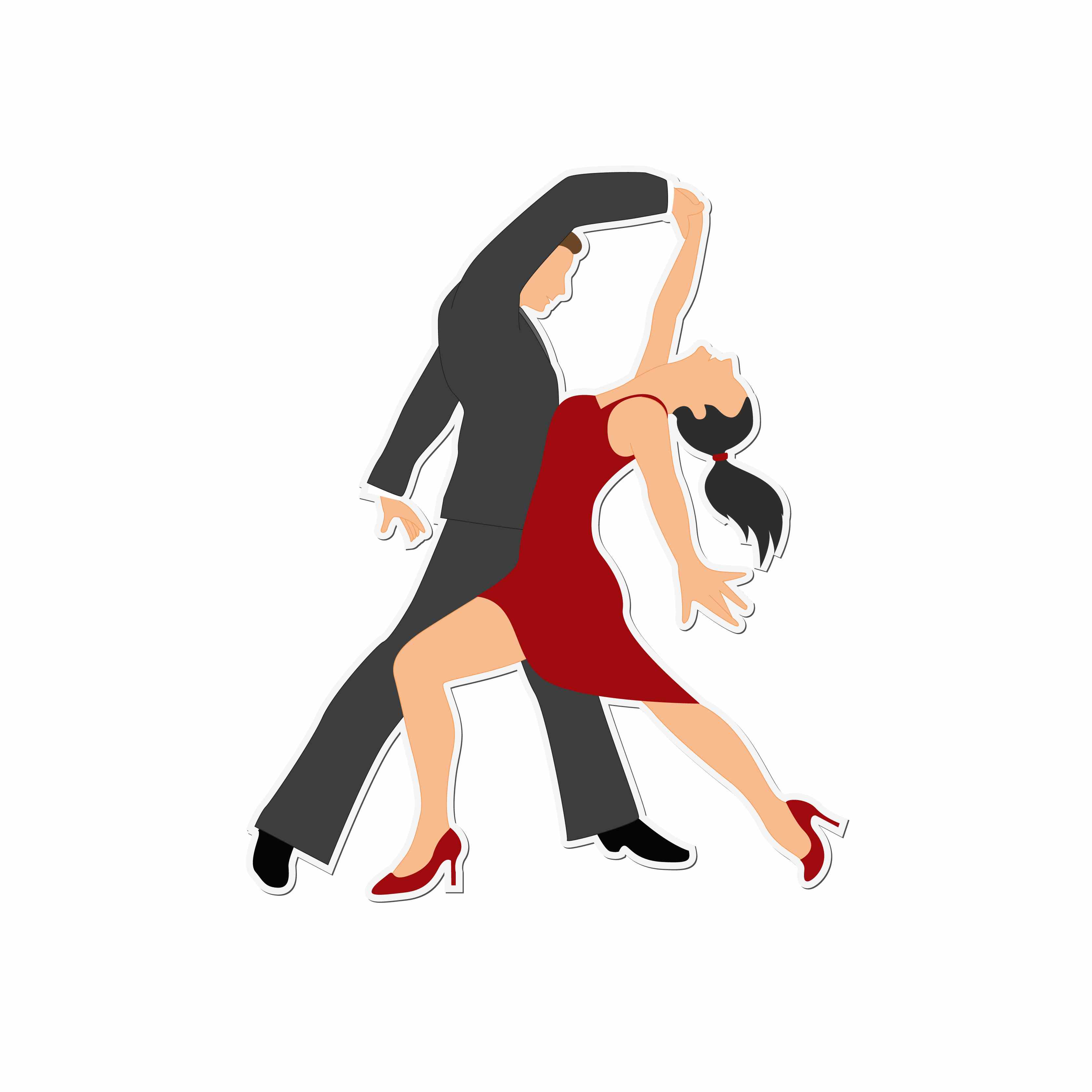Awhile back a student asked me about conjunctions, coordinating conjunctions specifically. She knew the basics, but she wanted to expand her use of conjunctions. This post will briefly cover the use of coordinating conjunctions.
To begin with, let's recap that a simple sentence in English has a Subject, a Verb and an Object (S+V+O) [e.g. I ate pizza.]
An object is not necessary, but usually there is one. Without an object the sentence structure looks like (S+V) [e.g. I ate.]
There are three (3) more variations to the simple sentence besides the (S+V) structure.
(S+V+V) - I ate and danced.
(S+S+V) - Stacy and I danced.
(S+S+V+V) Stacy and I ate and danced.
Now, a compound sentence in English has a Subject and a Verb, followed by a conjunction, followed by another Subject and another Verb. The structure looks like this: [S+V, (Conjunction) S+V] [e.g. Stacy danced, and I ate.]
Altogether there are seven coordinating conjunctions. They are: AND, BUT, OR, NOR, FOR, SO, and YET.
The coordinator that's used in the previous example is AND.
And - And is used to connect two ideas.
An example of this conjunction in a simple sentence would be like: I ate and danced.
In a compound sentence it would be like: Stacy danced, and I ate.
But - But is used to show different ideas.
An example of this conjunction in a simple sentence would be like:
I didn't wear the green shirt but wore the blue shirt instead.
In a compound sentence it would be like: I didn't wear the green shirt, but I wore the blue shirt instead.
Or - Or is used to make choices.
An example of this conjunction in a simple sentence would be like: I could wear the green or blue shirt.
In a compound sentence it would be like: I could wear the green shirt, or I could wear the blue shirt.
(Note: When using or, it is usually with two choices, but not always. This is more noticeable when speaking. For example:I could wear the green shirt, or I could wear the blue shirt, or I could wear the red shirt, or...).
Nor - Nor is used to reject choices. However, the word neither has to come before it.
For example, in a simple sentence: I neither want to wear the green nor the blue shirt.
In a compound sentence: I neither want to wear the green shirt, nor do I want to wear the blue shirt.
The video below is one that I saw from time to time while I was in Elementary school. This video has a colorful way of explaining the four previous conjunctions.
For - Although For is normally used as a preposition, it can also be used as a conjunction with the meaning of because. For example -- George went to the doctor, for he was sick.
(Note: Although grammatically correct, I have yet to meet a native English speaker who uses 'For' in this manner. My first impression is that the individual just finished reading a Shakespeare play -- "A peace is of the nature of a conquest; for then both parties nobly are subdued, and neither party loser." -- William Shakespeare.)
So - So is used to show results of an action.
For example: Gabriel ate 6 cheeseburgers a day, so he gained 80 pounds/36 kilos.
Yet - Yet is used to show results of an action, but the results are surprising. One could say that Yet is a stronger So. For example: William went to the gym 6 days a week, yet he couldn't lose weight.
Now, as the video said, the majority of the time a person will use and, or, and but. However, it doesn't hurt to expand your present English skills.
A final note, please, please please...... DO NOT start a sentence with a conjunction [e.g. We went fishing at the lake. And then we went home]. It is unnecessary and there are better choices for transitional words that would move a story/event along.
To my student, here's to you!
To begin with, let's recap that a simple sentence in English has a Subject, a Verb and an Object (S+V+O) [e.g. I ate pizza.]
An object is not necessary, but usually there is one. Without an object the sentence structure looks like (S+V) [e.g. I ate.]
There are three (3) more variations to the simple sentence besides the (S+V) structure.
(S+V+V) - I ate and danced.
(S+S+V) - Stacy and I danced.
(S+S+V+V) Stacy and I ate and danced.
Now, a compound sentence in English has a Subject and a Verb, followed by a conjunction, followed by another Subject and another Verb. The structure looks like this: [S+V, (Conjunction) S+V] [e.g. Stacy danced, and I ate.]
Altogether there are seven coordinating conjunctions. They are: AND, BUT, OR, NOR, FOR, SO, and YET.
The coordinator that's used in the previous example is AND.
And - And is used to connect two ideas.
An example of this conjunction in a simple sentence would be like: I ate and danced.
In a compound sentence it would be like: Stacy danced, and I ate.
But - But is used to show different ideas.
An example of this conjunction in a simple sentence would be like:
I didn't wear the green shirt but wore the blue shirt instead.
In a compound sentence it would be like: I didn't wear the green shirt, but I wore the blue shirt instead.
Or - Or is used to make choices.
An example of this conjunction in a simple sentence would be like: I could wear the green or blue shirt.
In a compound sentence it would be like: I could wear the green shirt, or I could wear the blue shirt.
(Note: When using or, it is usually with two choices, but not always. This is more noticeable when speaking. For example:I could wear the green shirt, or I could wear the blue shirt, or I could wear the red shirt, or...).
Nor - Nor is used to reject choices. However, the word neither has to come before it.
For example, in a simple sentence: I neither want to wear the green nor the blue shirt.
In a compound sentence: I neither want to wear the green shirt, nor do I want to wear the blue shirt.
The video below is one that I saw from time to time while I was in Elementary school. This video has a colorful way of explaining the four previous conjunctions.
For - Although For is normally used as a preposition, it can also be used as a conjunction with the meaning of because. For example -- George went to the doctor, for he was sick.
(Note: Although grammatically correct, I have yet to meet a native English speaker who uses 'For' in this manner. My first impression is that the individual just finished reading a Shakespeare play -- "A peace is of the nature of a conquest; for then both parties nobly are subdued, and neither party loser." -- William Shakespeare.)
So - So is used to show results of an action.
For example: Gabriel ate 6 cheeseburgers a day, so he gained 80 pounds/36 kilos.
Yet - Yet is used to show results of an action, but the results are surprising. One could say that Yet is a stronger So. For example: William went to the gym 6 days a week, yet he couldn't lose weight.
Now, as the video said, the majority of the time a person will use and, or, and but. However, it doesn't hurt to expand your present English skills.
A final note, please, please please...... DO NOT start a sentence with a conjunction [e.g. We went fishing at the lake. And then we went home]. It is unnecessary and there are better choices for transitional words that would move a story/event along.
To my student, here's to you!







Comments
Post a Comment